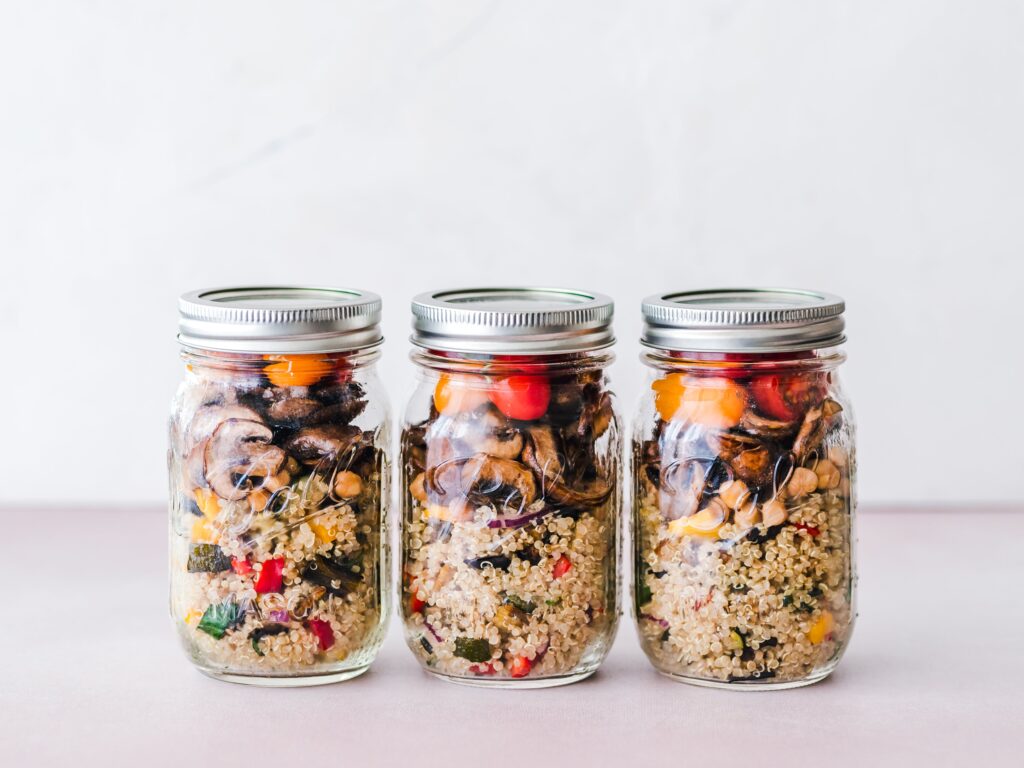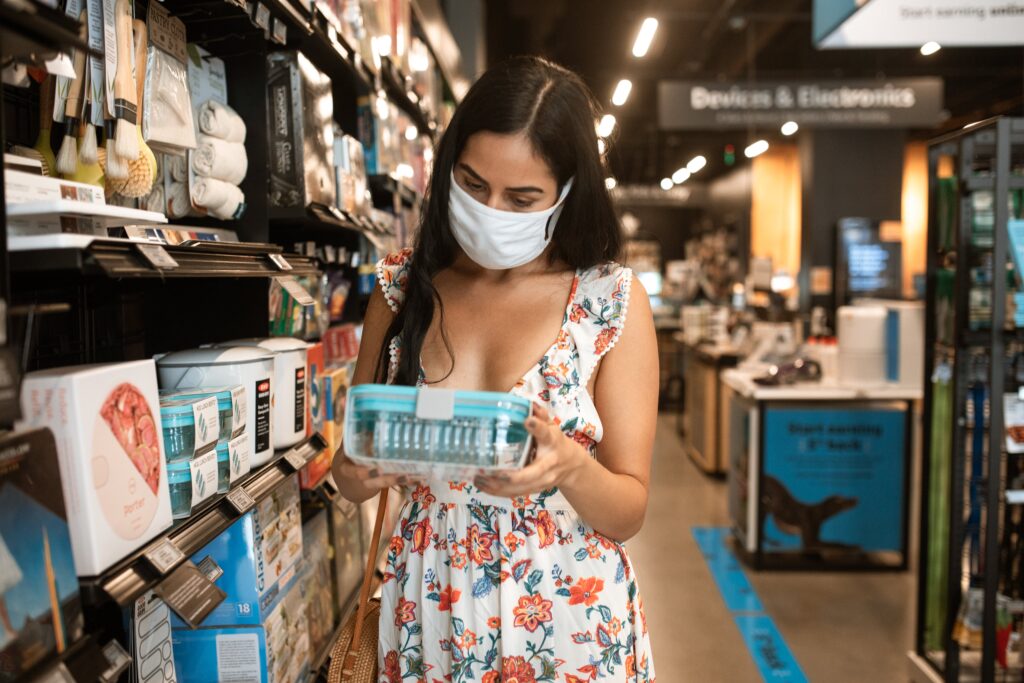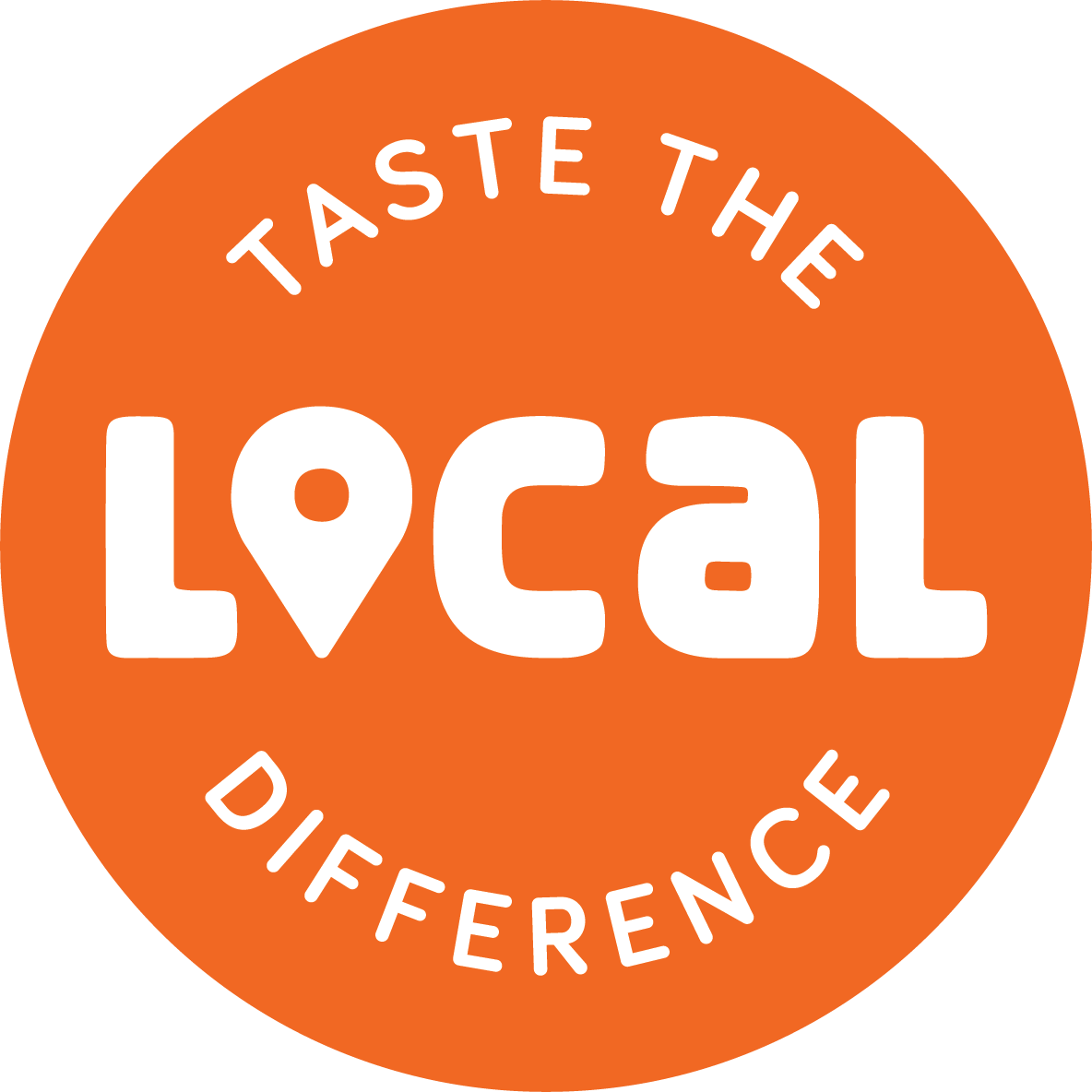With busy lives and schedules, convenience has become a priority in all aspects of our lives. We’ve all come to rely on the ease of single-use plastic for food storage, but we are paying the price environmentally.
Luckily, more data is available than ever before, and lots of companies are working hard to create better food storage solutions for the environmentally-conscious consumer. And with a little creativity and thoughtfulness, we can make small changes to our lifestyles that are very impactful in helping us reduce waste.

A Brief History of Food Storage and Packaging
Like most aspects of our modern lives, food storage has gone through many transformations over time. Because food used to be consumed immediately, food storage wasn’t a big concern–but when containers were needed, people used items from their surroundings such as shells, gourds, hollowed logs, animal organs, and woven natural fibers that were turned into baskets.
And over time, new materials were discovered and turned into many different items, including food storage containers; paper, metal, pottery, glass, and eventually plastics. The first zipper-seal bag was created in 1954, originally to be used as a pencil bag. But people saw the versatility of the sealable plastic bag, and it transitioned into the food storage space.
Plastic Waste and Our Environment
It’s undeniable that plastic has done a lot for reducing food waste–it is great at keeping food fresher for longer. But according to the Organisation for Economic Co-operation and Development, plastic consumption has quadrupled in the past 30 years. Only 9% of global plastic waste is actually recycled, while 22% is mismanaged. Even though over 120 countries have banned single-use plastic, it hasn’t been a significant enough change to make a real impact.
Assessing Your Environmental Impact and Starting Small
While major efforts need to be taken to reduce waste on a global scale, there are smaller efforts that we as consumers can make to lessen our impact.
Here are some things to think about to transition food storage into a more sustainable practice:
- Use what’s on hand first. Throwing away plastic wrap because you bought a reusable silicone lid defeats the purpose – use the plastic wrap first, and then make the switch.
- Consider making small changes over time – invest in reusable products (see below!) that work for your lifestyle.
- Repurpose already-owned items. Wash out the lid and the jar of spaghetti sauce, and save it to store the next batch of soup.
- Rather than tossing used plastic sealable bags, wash them and reuse them! A nice bath in some hot, soapy water and some time to dry gets them ready for a second (or third, or fourth!) life.
Food Storage Alternatives

When it’s time to make a more significant investment in eco-friendly food storage methods, consider these options:
Canning jars
Canning jars are super versatile and relatively inexpensive. This is an especially great option if canning already! They can be used for dry food storage, storing home-cooked prepared foods such as soups, stews, rice, and so much more. If there is a bulk food store nearby, take some canning jars and stock up the pantry without creating any plastic waste.
They are also a great alternative for frozen food storage but require some precautionary measures. If freezing a liquid, be sure to leave extra room at the top to allow for the expansion that occurs during freezing.
A great way to store seasonal fruit, such as strawberries or blueberries, is to freeze them on a sheet tray, and then put all of the berries into a ball jar and tuck it in your freezer.
They can also be used for preserving vegetables from your garden; after a quick blanch, place the cooled veggies in the jars and that’s it! Jars keep food just as long and will save tons of plastic freezer bags.
Beeswax Wrap
Beeswax wrap is a unique product that is made when a piece of fabric gets coated in melted beeswax, giving it a waxy but non-porous surface. It works well as an alternative to plastic wrap or foil over the top of a bowl or other container. It’s washable (with cold or lukewarm water only!), reusable, and antimicrobial.
Here’s the trick to beeswax wrap: use the warmth of your hands to get the wrap to adhere to the shape of the container or to itself for a sturdy seal.
They are widely available at home goods stores and online, and can also be made easily at home with some locally sourced beeswax! Check out this DIY beeswax wrap tutorial.
Silicone Food Containers
There are tons of options for reusable products made of silicone, from sealable pouches to lids to containers of many sizes. But be sure to explore the pros and cons of incorporating this polymer product in food storage routines.
Pros:
- Food-grade silicone is widely available
- Easy to wash and reuse
- Heat-resistant
- Does not break down into microplastics
- Does not contain PFAs or BPA
Cons:
- Not all silicone is safe for food
- Silicone ware can develop a funky or soapy taste
- Not easily recyclable at local recycling centers
- Requires fossil fuels to be produced
- Not a lot of research on long-term safety, and mixed research on leaching
Other Reusable Containers
Food storage containers come in all sorts of other more sustainable materials, such as glass or stainless steel. Check out the local grocery store, home goods store, or food co-op and see what options they have!
A Few Last Tips To Lessen Your Environmental Impact:
- When transporting a dish to an event, consider covering the food with a clean dish towel instead of plastic wrap or foil. Bonus points–it also looks cute!
- Bring old grocery bags to the grocery store or farmers market, and use them to store produce. It’s still plastic, but they have way more life beyond their first use! Or invest in some cloth bags–they are washable and reusable for years and years!
- Bring food storage containers to restaurants to bring home any leftovers!
- Choose compostable produce bags over plastic whenever you have the option.
Happy storing!
Carrie Hause is the Digital Media Specialist for Taste the Local Difference. Contact her at [email protected].
